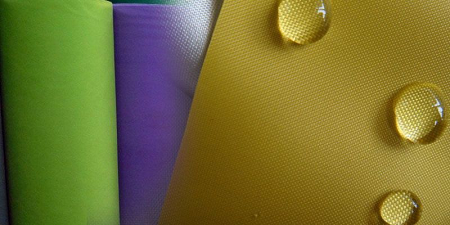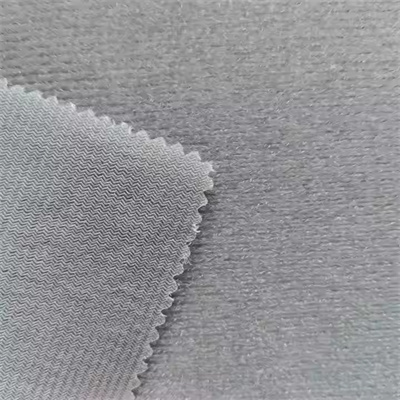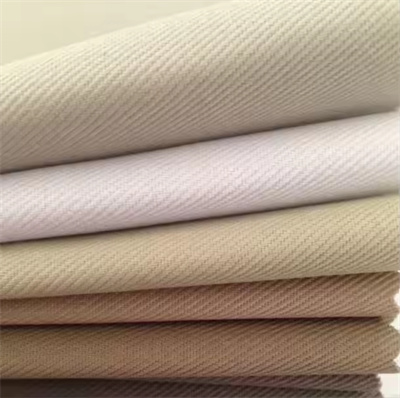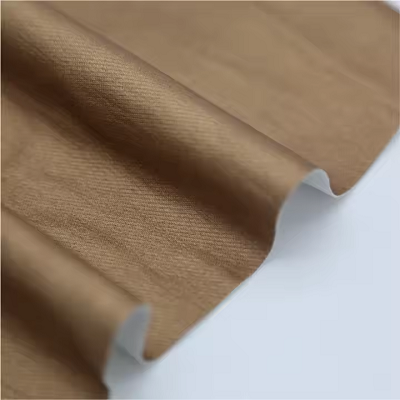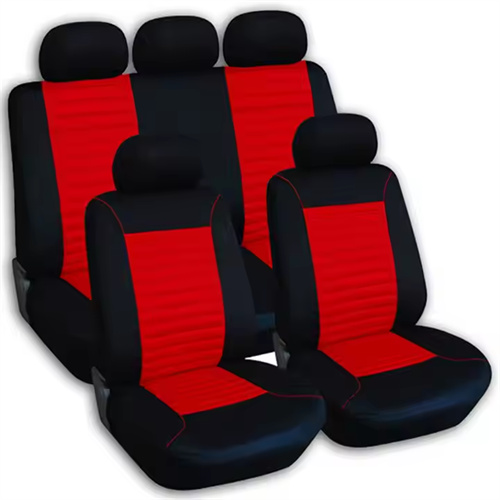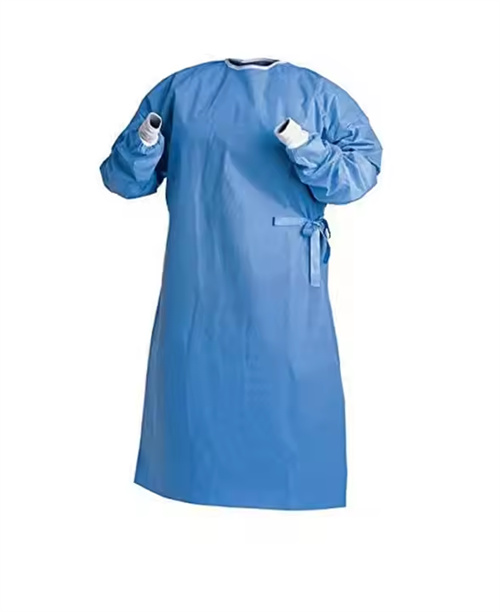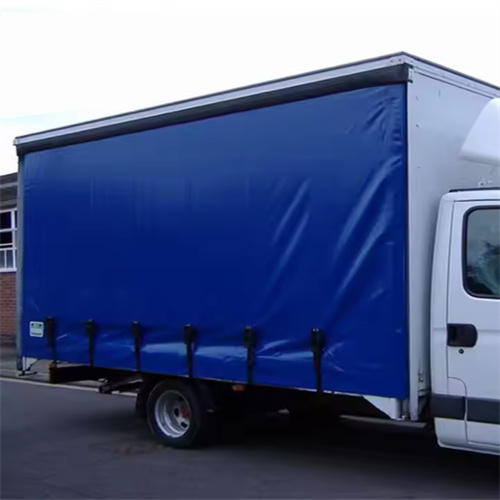Laminated fabrics have become a staple in numerous industries, from fashion to industrial applications, due to their ability to combine the aesthetic and functional properties of fabric with the protective and durable qualities of lamination. Lamination, in essence, is the process of applying a thin layer of material, often plastic or rubber, to the surface of the fabric, enhancing its strength, water resistance, and durability. The choice of fabric for lamination is critical, as it directly affects the performance and suitability of the final product. In this article, we’ll delve into the fabrics most suitable for lamination and explore their applications in different industries.
The Rise of Laminated Fabrics
The demand for laminated fabrics has grown exponentially in recent years. As consumers and industries seek materials that offer versatility, protection, and aesthetic appeal, laminated fabrics have emerged as a solution that meets these criteria. From waterproof jackets and medical equipment to automotive interiors and outdoor furniture, the range of applications for laminated fabrics is vast. The combination of a base fabric and a laminated layer provides unique properties, such as resistance to moisture, chemicals, abrasion, and UV rays, making them ideal for use in harsh or demanding environments.
However, not all fabrics are suitable for lamination. The choice of fabric depends on the intended use of the laminated material, as different fabrics offer varying levels of compatibility with the lamination process.
Common Fabrics Used for Lamination
1. Polyester
Polyester is one of the most popular fabrics for lamination due to its inherent strength, durability, and resistance to stretching and shrinking. It is also lightweight, making it ideal for applications where weight is a concern, such as outdoor gear, tents, and backpacks. Polyester’s smooth surface allows for even and consistent lamination, ensuring that the laminated layer adheres well and provides uniform protection. Additionally, polyester is resistant to moisture and mildew, making it suitable for products exposed to the elements.
Laminated polyester fabrics are widely used in the production of rainwear, protective clothing, and outdoor equipment. The fabric’s versatility and compatibility with various types of laminates, such as polyurethane (PU) and polyvinyl chloride (PVC), make it a top choice for manufacturers seeking high-performance materials.
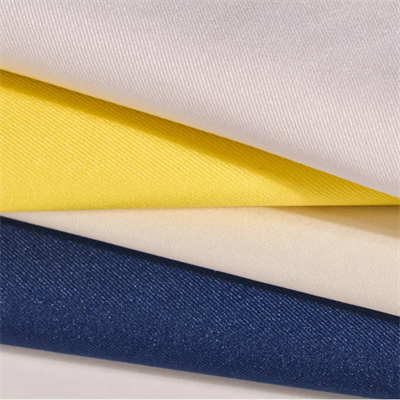
2. Nylon
Nylon is another commonly used fabric for lamination, prized for its toughness, elasticity, and resistance to abrasion. Like polyester, nylon is lightweight and durable, making it suitable for a wide range of applications. Nylon’s smooth texture and flexibility allow it to be easily laminated with various materials, including PU and PVC, creating a fabric that is both functional and aesthetically pleasing.
Laminated nylon is often used in the production of technical apparel, such as waterproof jackets and pants, as well as in industrial applications, including conveyor belts and protective covers. Its ability to withstand harsh conditions, including exposure to chemicals and extreme temperatures, makes it a go-to fabric for demanding environments.
3. Cotton
While cotton is not as naturally water-resistant as synthetic fabrics like polyester and nylon, it remains a popular choice for lamination due to its softness, breath-ability, and comfort. Cotton fabrics are often laminated with waterproof or water-resistant materials, such as PU or PVC, to create fabrics suitable for raincoats, aprons, and outdoor furniture covers.
Laminated cotton fabrics offer the advantage of combining the comfort and natural feel of cotton with the protective properties of the laminated layer. These fabrics are commonly used in home textiles, such as tablecloths and shower curtains, where both functionality and aesthetic appeal are important.
4. Spandex/Elastane
Spandex, also known as elastane, is a highly elastic fabric that is often laminated to provide both stretch and protection. Laminated spandex is commonly used in active wear, where flexibility, comfort, and durability are key requirements. The lamination process enhances the fabric’s resistance to moisture and abrasion, making it suitable for athletic clothing, swimwear, and other performance-oriented apparel.
The combination of spandex’s stretch properties and the protective qualities of the laminate creates a fabric that moves with the wearer while offering protection from the elements.
5. Fleece
Fleece is a popular fabric for lamination, particularly in the production of outerwear and blankets. Fleece’s soft texture and insulating properties make it an excellent choice for cold-weather gear. When laminated with a waterproof or windproof layer, fleece becomes a highly functional fabric that provides warmth, comfort, and protection from the elements.
Laminated fleece is commonly used in the production of jackets, gloves, and hats, as well as blankets and other cold-weather accessories. The combination of fleece’s insulating properties and the protective laminate makes it ideal for outdoor enthusiasts and those working in cold environments.
The Lamination Process
Laminating fabric involves bonding a layer of material to the fabric using heat, pressure, or adhesives. The choice of laminate depends on the desired properties of the final product. Some of the most common laminates used include:
Polyurethane (PU): PU is a flexible and durable laminate that provides water resistance, breath-ability, and elasticity. It is often used in the production of rainwear, outdoor gear, and technical fabrics.
Polyvinyl Chloride (PVC): PVC is a strong and waterproof laminate that offers excellent resistance to chemicals, abrasion, and UV rays. It is commonly used in industrial applications, such as protective covers and tarpaulins.
Thermoplastic Polyurethane (TPU): TPU is a versatile laminate that offers a balance of flexibility, durability, and water resistance. It is used in a variety of applications, including medical textiles, sportswear, and automotive interiors.
The lamination process can be done using a variety of techniques, including hot-melt lamination, adhesive lamination, and flame lamination. The choice of technique depends on the type of fabric and the desired properties of the final product.
Applications of Laminated Fabrics
Laminated fabrics have a wide range of applications across various industries. Some of the most common uses include:
Apparel: Laminated fabrics are widely used in the production of waterproof and windproof clothing, such as rain jackets, pants, and outdoor gear. These fabrics provide protection from the elements while maintaining comfort and breath-ability.
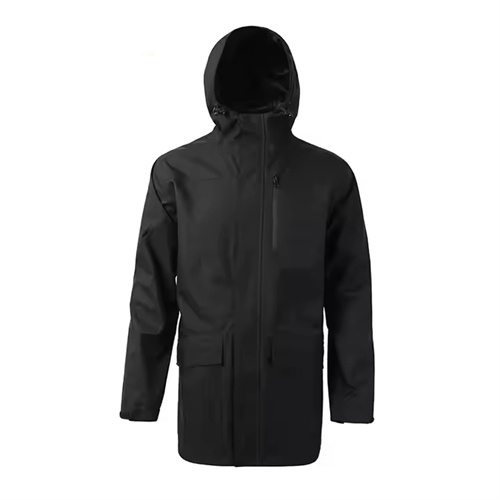
Automotive: Laminated fabrics are used in automotive interiors, including seat covers, headliners, and door panels. The laminated layer provides durability, resistance to wear and tear, and easy cleaning.
Medical: Laminated fabrics are used in medical applications, such as surgical gowns, drapes, and covers. These fabrics provide a barrier against fluids and contaminants, ensuring the safety and hygiene of medical environments.
Industrial: Laminated fabrics are used in a variety of industrial applications, including conveyor belts, protective covers, and tarpaulins. These fabrics offer durability, resistance to chemicals, and protection from harsh conditions.
Fabrics suitable for lamination play a crucial role in creating durable, functional, and versatile products across a wide range of industries. Whether it’s the strength and durability of polyester, the elasticity of spandex, or the comfort of cotton, the choice of fabric for lamination depends on the specific needs of the end product. As technology advances and the demand for high-performance materials continues to grow, laminated fabrics will remain at the forefront of innovation in the textile industry.
Post time: Oct-09-2024
